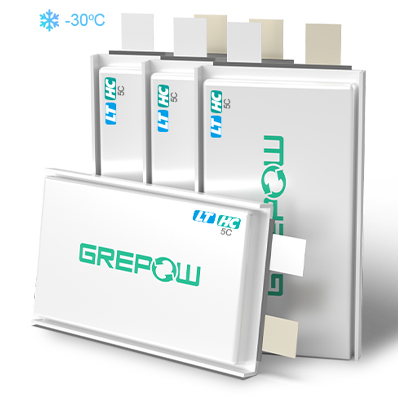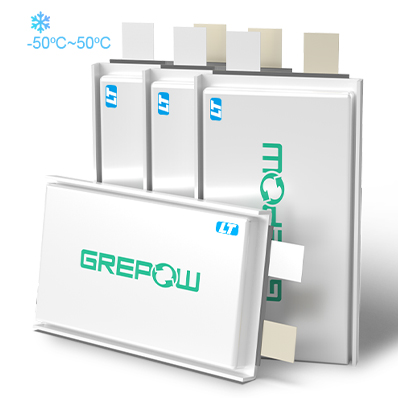Can I Fly My Drone in the Winter?
You may have heard that there are restrictions when flying your drone in high temperatures, but did you know that it's a similar case in low temperatures too? We will explore some factors to consider if you plan on flying your drone in cold weather.
The impact of low temperatures on drones
Lower temperatures slow down the chemical reaction of LiPo (lithium-ion polymer) batteries, thereby reducing battery capacity, increasing resistance, and shortening the flight time. Drone manufacturer DJI states on its website that the LiPo batteries that power their drones start draining at an increased rate at temperatures below 59℉ (15°C). It's important that users read the manuals for their drones before a flight. The operator temperature of most drones is set at 32 to 104 ℉ (0 to 40°C), so you should avoid flying outside of this temperature range. To fly a drone in low-temperature, you need to prepare in all aspects.
Measure
Before going out
Plan your day out beforehand and try to finish your flight as soon as possible before it gets too dark. See the weather forecast: if there’s snow, hail, or rain, reschedule your flight as these weather conditions can damage your equipment and drones and very likely cause a crash. Ensure your batteries are fully charged and have spare ones on hand to switch out.
When going out
Limit direct exposure of your batteries to the cold air. Keep them in their gear or protective equipment instead of just in the trunk of your vehicle.
Take off
When launching your drone, raise the aircraft 10-20 feet from the ground and make it hover for 30-60 seconds. This can increase the temperature of the battery to achieve a warm-up effect. Some apps, such as the DJI GO, allow you to check and monitor the battery temperature.
[caption id="attachment_3160" align="aligncenter" width="497"]
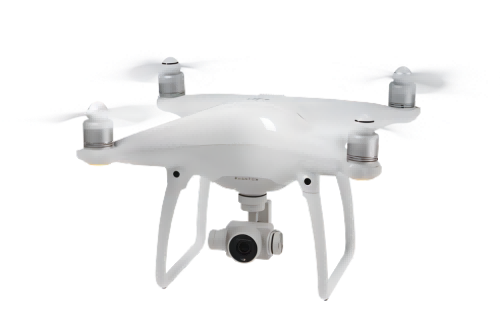
Source: DJI
Focus on the battery's voltage. You should keep the battery's voltage indicator displayed on your monitor so you can keep track of it. Check the components. In a cold environment, some parts, like propellers, become more fragile. Therefore, it is necessary to check them more diligently for cracks or damage. You can also consider replacing them with solid carbon fiber blades. Avoid running out of capacity. Fly until the battery drops to 30-40% of its capacity, and then bring the drone back down. In order to prevent other unpredictable situations from happening, don't drain your battery completely when flying. Stop flying immediately if it starts to rain or snow. Be careful because most drones are not waterproof. Moisture may short-circuit the motor and cause the drone or controller to malfunction.
For you
Don’t forget to keep yourself warm. It is best to wear gloves which can touch the screen because it will be very inconvenient to operate the device with cold and stiff hands. Wear goggles. When flying in icy or snow-covered weather, your eyes may be damaged due to the greater light reflection. Goggles can avoid this problem.
Low temperature-resistant battery
You can also look at low temperature-resistant batteries, such as the LiPo batteries developed by Grepow, which achieves lower internal resistance and increase the discharge rate. The lowest operating temperature is -58℉ (-50℃), which breaks the discharge limit of traditional lithium polymer batteries. These batteries can also be customized per the clients' needs and product requirements. Go here to learn more about the discharge rate of these batteries at different temperatures. If you're aware of your surroundings and take things tips into account, you will be able to fly more smoothly in cold weather. Get ready to take off: the magnificent scenery is waiting for you.
Related Articles
-

What is a drone battery management system (BMS), and how does it work?
2025-03-31 -
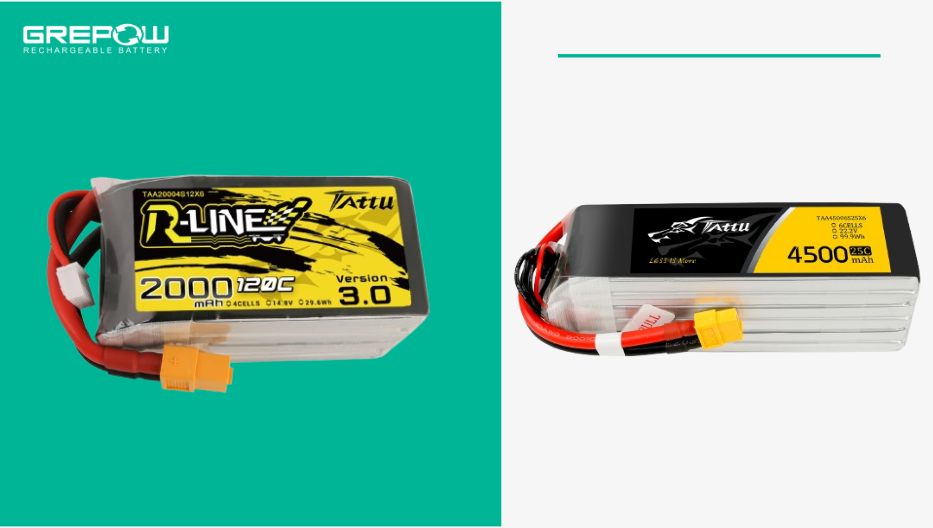
4S vs 6S LiPo: What’s the Difference?
2025-03-25 -
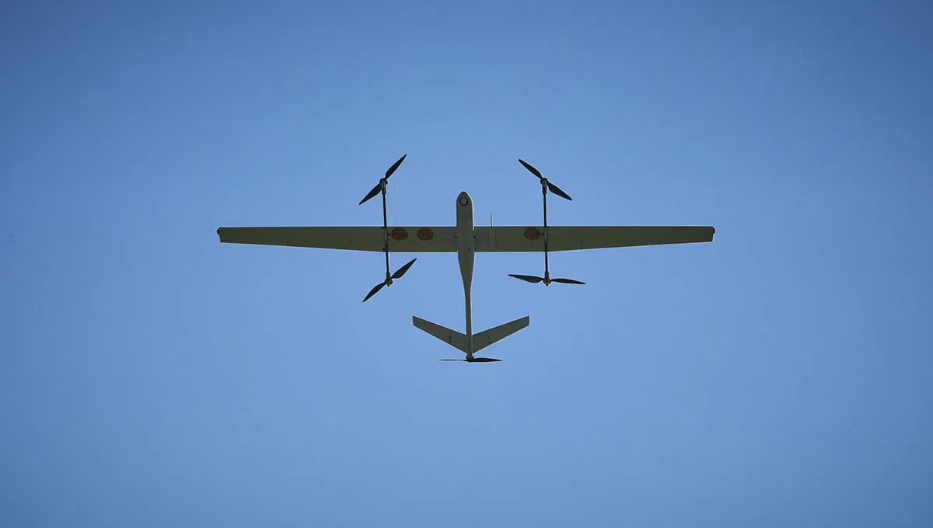
What Is a Long Range Drone?
2025-03-18















































